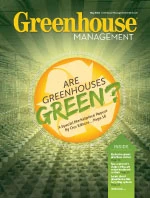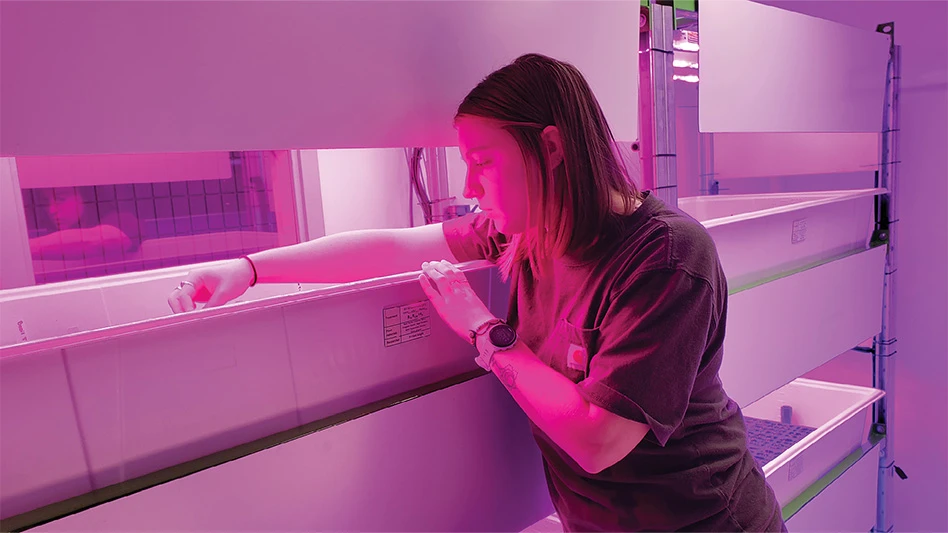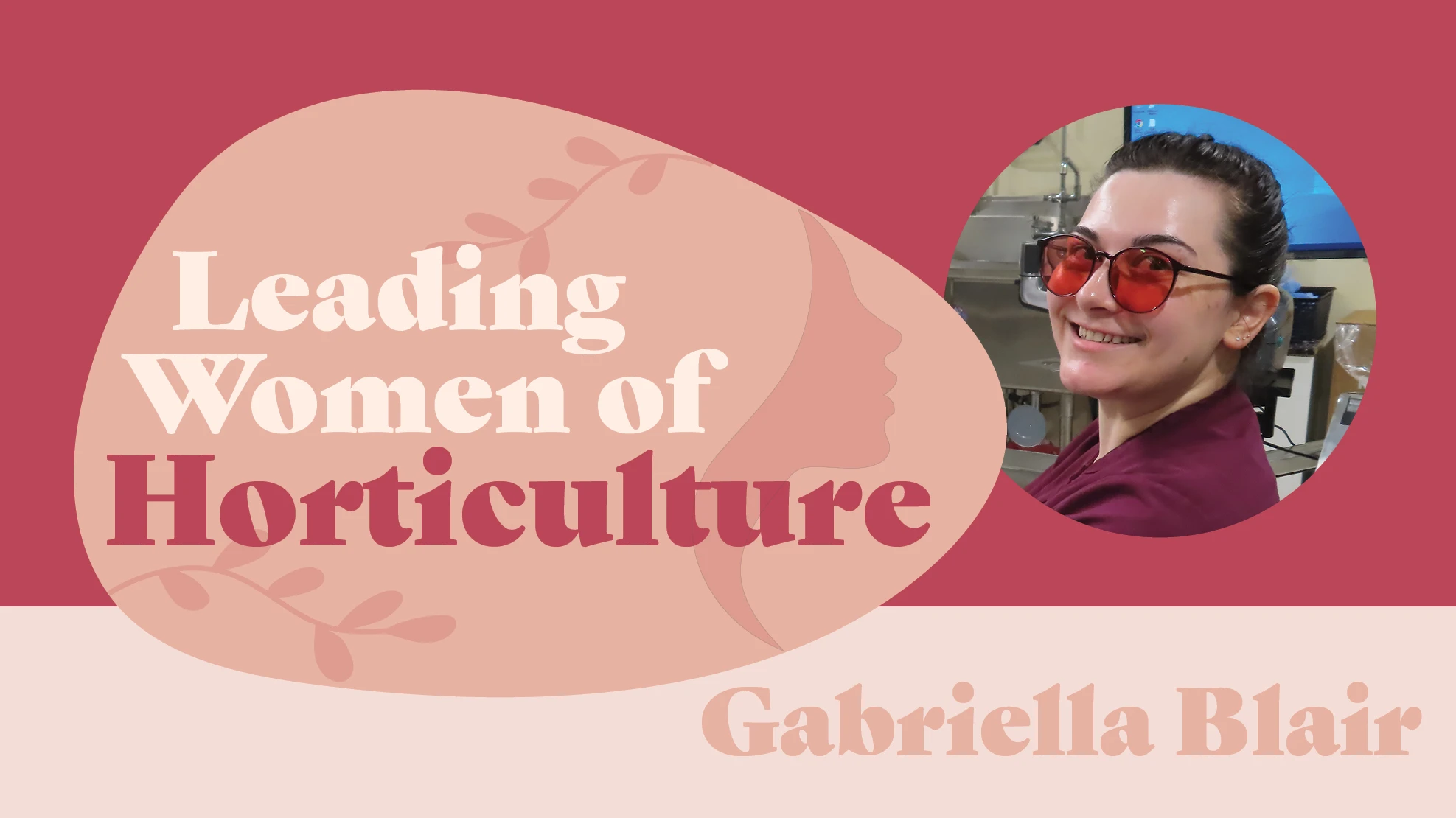|
Despite the introduction of different types of biocontainers, limited research has been published regarding specific characteristics of biocontainers compared to traditional plastic containers. One particular area of importance is the amount of water that is needed to produce a commercial crop. Many biocontainers have water permeable walls, which cause the growing substrate to dry faster than in traditional plastic containers.
Although differences in plant growth and substrate surface area may have affected the amount of water required to grow a crop as well as the average irrigation interval, water loss through container walls was also a major factor affecting these two variables. The containers that had the highest rate of water loss through the container walls also had the highest water requirement and the lowest irrigation interval. Rice hull and OP47 containers are relatively impermeable to water, and had a similar water loss rate, water requirements and irrigation intervals as the plastic container control. Because water requirements may increase significantly with the use of certain biocontainers, the benefits of reducing waste plastic would need to be weighed against the increased water usage. Where water use or availability is a major consideration, biocontainers such as OP47 or rice hulls may be preferred to other biocontainers that have a higher water requirement. Algal and fungal growth To determine algal and fungal growth, containers were filled with substrate, spaced pot-to-pot in flats, placed in a greenhouse and irrigated with 15-5-15 fertilizer at 100 ppm nitrogen to container capacity. OP47 and 5-inch plastic containers were placed in special biodegradable trays designed specifically for the OP47 containers. Containers were irrigated when 25 percent of the containers in a tray were dry. After six weeks in the greenhouse, containers were evaluated for algal and fungal growth as a percentage of the total surface area. No algal or fungal growth occurred on plastic, OP47, cocofiber or rice hull containers. CowPots, paper and Straw Pot containers had 2-4 percent of their container walls covered with algal or fungal growth. Fertil and peat containers had the highest proportion of their surface covered with algal or fungal growth at 26 percent and 47 percent, respectively. These results may be attributed to the difference in water absorption by the container walls as well as the container wall chemistry. Biocontainers with no visible algal or fungal growth tended to be impermeable to water or dried quickly after irrigation and were composed of materials resistant to decomposition such as coconut fiber. Match containers to needs All biocontainers, except rice hull containers, allowed water to evaporate through their container walls and had higher water usage than traditional plastic containers. Depending on the specific part of the country and crop and cultural conditions, water use will be more or less important during crop production. When using Fertil and peat biocontainers, algal and fungal growth may be present in higher amounts compared to other biocontainers. Greenhouse managers wanting to improve sustainability by using biocontainers need to evaluate which properties are most important and select biocontainers that best match their needs. Matt Taylor is a research horticulturist, Longwood Gardens, mtaylor@longwoodgardens.org. Michael Evans is professor, University of Arkansas, Department of Horticulture, mevans@uark.edu. Jeff Kuehny is professor, Louisiana State University, School of Plant, Environmental and Soil Sciences, jkuehny@agcenter.lsu.edu. This project was supported by the Arkansas Division of Agriculture, Longwood Gardens and The LSU AgsCenter. The authors gratefully acknowledge SunGro Horticulture for providing growing substrate. |

Explore the May 2011 Issue
Check out more from this issue and find your next story to read.
Latest from Greenhouse Management
- CEA Alliance celebrates bipartisan introduction of Supporting Innovation in Agriculture Act
- Dümmen Orange North America celebrating 25th anniversary in 2025
- CEA HERB Part 1: Best management practices for culinary herbs
- Lawsuit challenges new H-2 visa rules
- CEA HERB Part 2: A guide to increasing the sowing density of culinary herbs
- Illinois Landscape Contractors Association changes name to Landscape Illinois
- 2025 Proven Winners Horticulture Scholarship applications now open
- ICL’s Gemini Granular herbicide now registered for use in California










